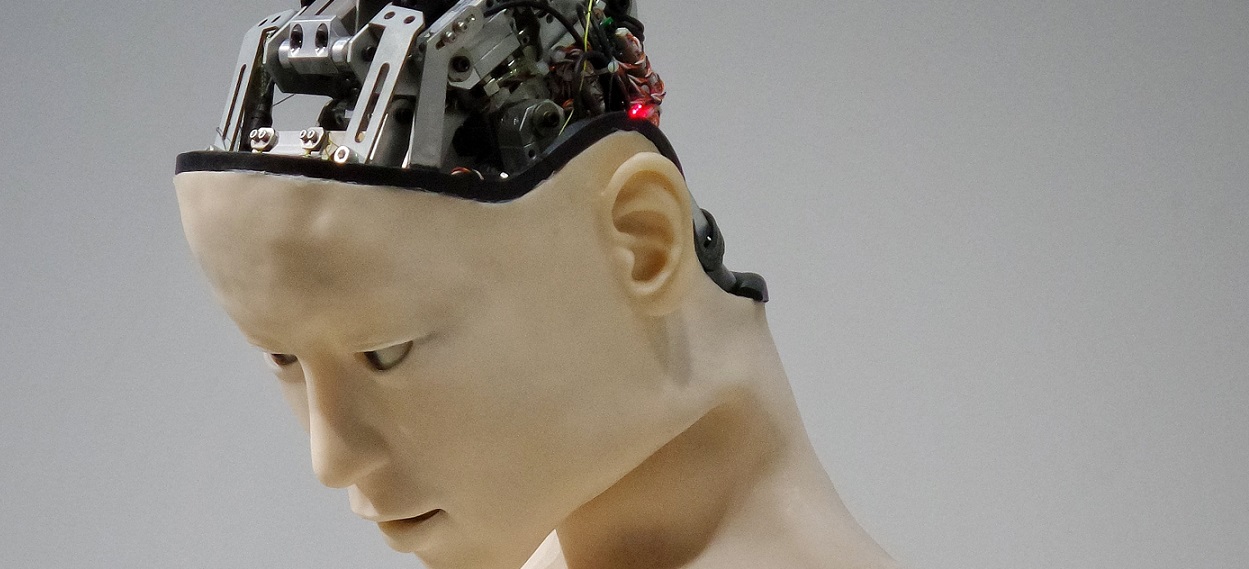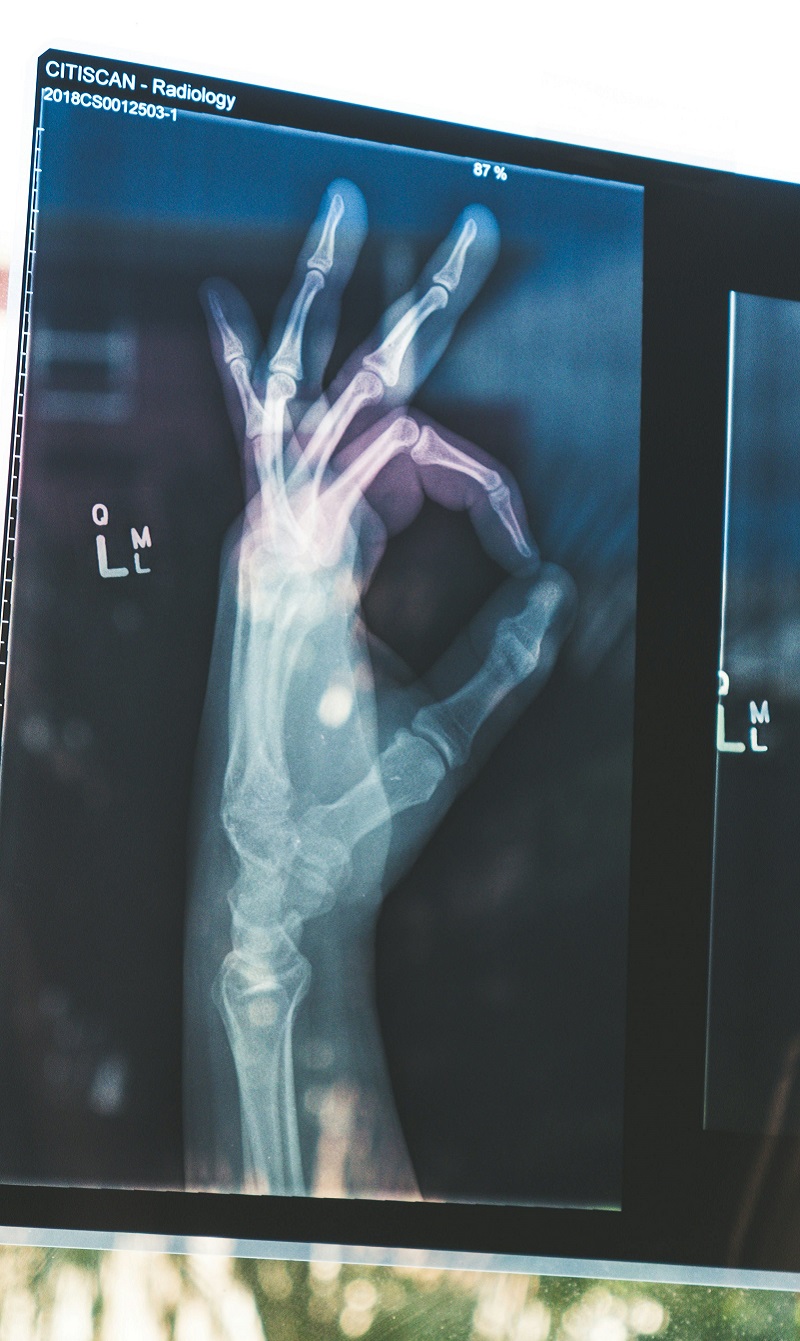AI’s Evolution
Artificial Intelligence is developing faster than we could have imagined. Here’s a closer look at AI, the convergence of technologies and its continuous thirst to evolve.
Artificial Intelligence (AI) is always restricted by some form of boundaries, which allows the programmer to have specific control over it. In computer science terms, this is called a closed loop control system or open loop control system which requires manual input. Today’s AI is far from what the movie Her depicts an AI to be. The 2013 science-fiction film starring Joaquin Phoenix and Scarlett Johansson centres on the relationship between a man and an advanced operating system.
Film critic David Sexton describes it best in his review for the Evening Standard where he writes that Her is a brilliantly re-imagined romantic comedy that skims over its science-fiction setting, which is slowly introduced to its viewers throughout the film. Los Angeles sets the tone for the movie, where minimal technology is shown. One would hardly believe that this is a futuristic city as the film focuses exclusively on character development.
The film characters, Theo communicates to Samantha the AI, through a mobile device no bigger than a hearing aid which is connected to his smart phone that houses the AI program. On top of it all, it’s hard to hide the fact that, the interaction between Theo and Samantha feels like an ordinary interaction between two human beings. Samantha expresses a variety of emotions, akin to the way humans behave. Her shows us what the future brings and how digital assistants like Siri and Alexa can evolve and become like Samantha.
Microsoft co-founder, philanthropist and co-chair of Bill & Melinda Foundation, Bill Gates recently did a quick interview with MIT Technology Review’s editor in chief, Gideon Lichfield, on AI or virtual assistants approaching human or animal intelligence and generally making sense of the world. Bill painted the narrative by saying, ‘If you think of the movie Her, if you think of a personal assistant, that level of capability is achievable. We are not [yet] there today. A computer cannot read a document or even look at an email and really understand what is going on. So, it’s working at a very low level today. I do think we will have executive system type capability in a five to 10-year period.’
For AI to evolve from its current state to the levels of interactions seen in the movie Her, there are a number of technologies and smart systems that need to come together and its integration along with clever algorithms. The right steps will be able to produce an AI smart enough to interact with humans intelligently and emotionally.
The birth of the Fourth Industrial Revolution (4IR) and its progression across various sectors represents the very building blocks for AI’s future development, a shift that makes AI more intelligent. Some of the technologies that make up 4IR are: Robotics, Artificial Intelligence (AI), Internet of Things (IoT), Augmented Reality (AR), Analytics and Robotic Process Automation (RPA).
The Convergence
4IR is paving the way with the merging of technologies. This is echoed by Tor Svensson in an article he wrote for cfi.co on AI and the role it plays in 4IR. Tor believes AI is a continuum promising a convergence of new technologies namely quantum computing. He goes on to state that the fusion of digital and biological technologies not only empowers the internet-of-things but also gives insight on the symbiotic relationship between 4IR and AI.
Quoting Ian Fletcher from IBM, Tor adds that the 4IR and augmentation come together to capitalise, cultivate and orchestrate data assets in order to improve performance. They also increase the capacity for continuous change whilst building a cognitive platform, encompassing self-learning systems, natural language processing, robotic process automation, enhanced data intelligence, augmented reality, and predictive patterns where all are accessible through an open API (Application Program Interface).
These elements should be supported by a cognitive journey map, cognitive enabled workflows, and business process automation empowering businesses to make faster and more informed decisions. In short, AI and 4IR technology confluence must be culturally imbedded in the corporate DNA.
These technologies are evolving at a rapid rate but could we track its progress? Well, there’s an annual AI Index report that’s compiled and vetted by industry leaders, and scholars in the field. This detailed analysis is predominantly a progress report on AI.
Tracking AI
Nick Statt from The Verge gives an in-depth analysis on mapping AI’s progress and just how far the artificial intelligence has progressed through the second annual AI Index report which pulls together expert findings on the field’s progress and acceleration.
‘When it comes to the type of AI activity, the report finds that machine learning and so-called probabilistic reasoning or the type of cognition-related performance that lets a game-playing AI outsmart a human opponent is far and away the leading research category by a number of published papers,’ says Nick.
‘Not far behind, however, is work on computer vision, which is the foundational sub-discipline of AI that’s helping to develop self-driving cars and power augmented reality and object recognition, and neural networks, which like machine learning are instrumental in training those algorithms to improve over time. Less important, at least in the current moment, are areas like natural language processing, which is what lets your smart speaker understand what you’re saying and respond in kind and general planning and decision making which is what will be required of robots when automated machines are inevitably more integral facets of daily life,’ Nick adds.
Fiction or Food for Thought
Remember the 1983 cult movie, WarGames, starring a young Matthew Broderick? The movie tells a story about a teenager who hacked his way into the Unites States’ defence system, NORAD, which almost started the third World War. However fictional it may sound, the script was loosely based on an actual event that took place in the 1970’s, when NORAD mistook a simulation test for an actual code red, which kickstarted a chain of events that could have seen the beginning of WWIII.
The future it seems holds no bound for AI. Earlier last year, technopreneur Elon Musk’s Open AI gave a glimpse of what AI is capable of, beating top amateurs at gaming. Gaming involves strategy, wits and cunning. Elon has since left Open AI over a clash of direction. However, the message is clear – with proper financial funding and research and development, AI, in years to come, can either make the world a better place, or enslave all sentient life.
Main photo by Franck V on Unsplash.

